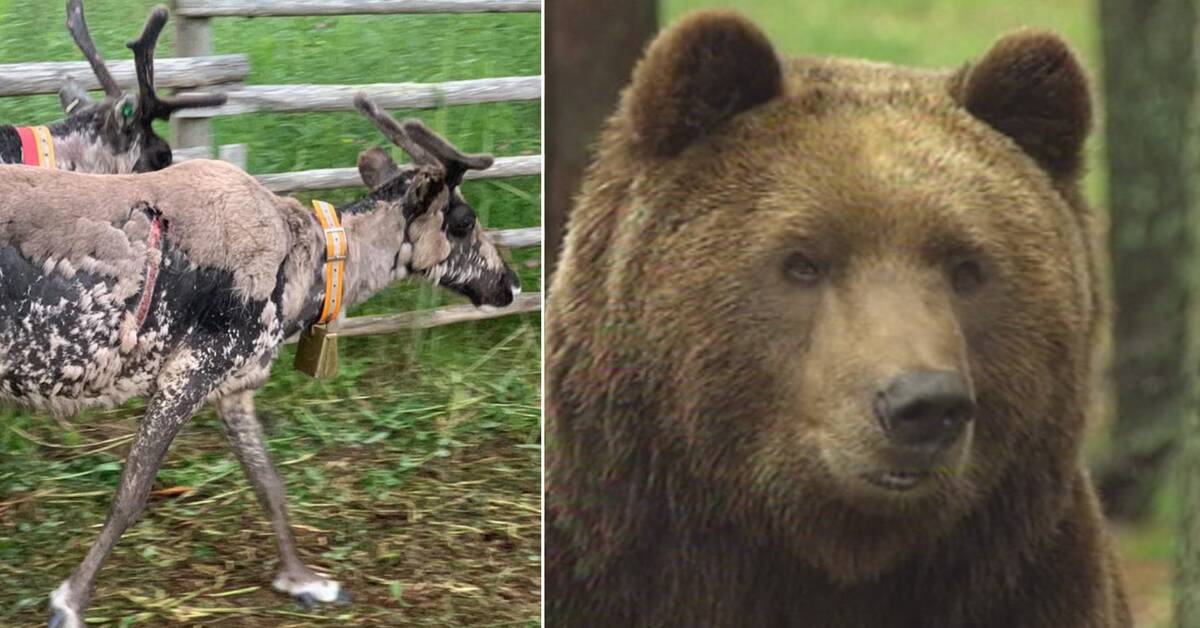SSR writes in the press release that one of the most important prerequisites for being able to conduct sustainable and long-term reindeer husbandry is that the number of predators does not become too high within a Sami village.
Today, the predator deposits in the Sami villages mean that it is already difficult to conduct reindeer husbandry today.
Today's predator management also means that more than half of the reindeer that are to go to meat production each year are killed by predators, and that today we are far from the level of tolerance that the Riksdag decided almost ten years ago, according to SSR.
"A big failure"
SSR's union president Matti Blind Berg believes that today's predator policy is a great failure.
- That the Sami villages and reindeer herders year after year will have to lose such a large part of the calves to bears is not okay.
The fact that the Sami villages hardly receive any compensation for the injured and killed reindeer is far from what one has to endure, says Matti Blind Berg in the press release.
Bear contact several times a week
Lars-Thomas Persson, Gällivare forest Sami village, testifies about bear contact 2-3 times a week in direct connection with the reindeer now under the Sami village's calf marking.
He agrees with SSR and believes that what you must do first and foremost is to reduce the bear population.
- Last night I had a bark in the pasture that was torn quite badly.
You get frustrated, says Lars-Thomas Persson.
The Sámi village has previously participated in a bear project where they have studied predation and how big a problem the bear is in forest Sámi areas.
- The project ended in 2016 and nothing has happened yet.
Not on the compensation side and to some extent the administration has made it easier to get protection hunting, but we see that the tribe is increasing, says Lars-Thomas Persson.
"Not acceptable"
SSR's federal lawyer Jenny Wik Karlsson says that research indicates that there is a probable risk of predation, especially on reindeer calves, of bears and that almost a third of the calves are at risk of being killed by bears and that research also shows that preventive measures in other forms other than hunting have no effect in these contexts.
- That the state does not take greater responsibility and act is not acceptable, especially in light of the fact that the bear is high above the set reference value, says Jenny Wik Karlsson in the press release.

